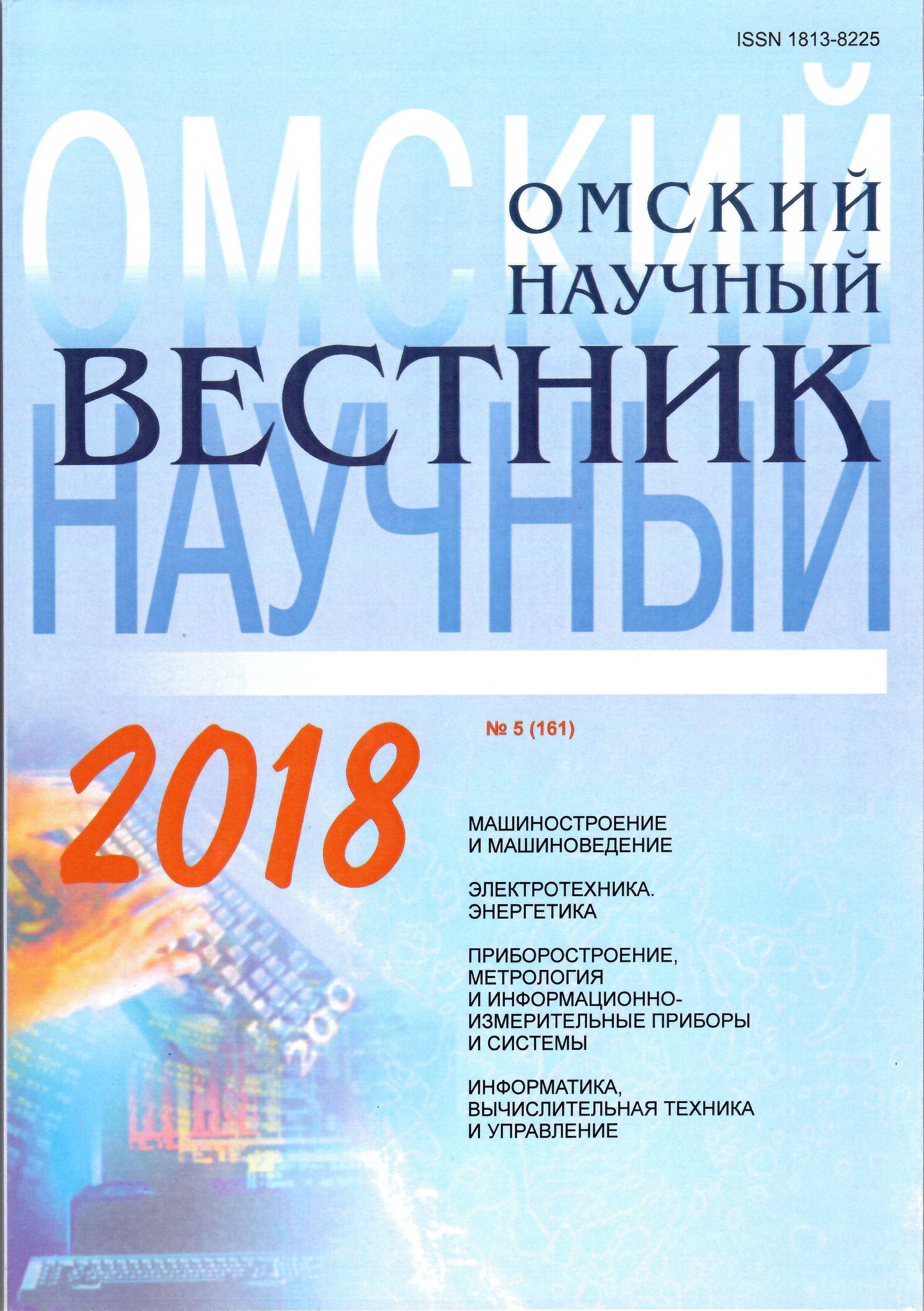Making nanostructured layers of conjugated polymers from dehydrochlorinated polyvinyl chloride
DOI:
https://doi.org/10.25206/1813-8225-2018-161-119-123Keywords:
conjugated polymer, thin films, spin-coating method, polyvinylchloride, atomic force microscopy, conductivityAbstract
There is investigated the possibility of making thin layers of organic semiconductors based on conjugated polymers, synthesis from polyvinyl chloride dehydrochlorinated under the action of aniline in dimethylsulfoxide. Polyvinylene layers have made by deposition on glass substrate of stable colloidal solutions polyvinylens from system polyvinyl chloride-aniline-dimethylsulfoxide by three methods: spin-coating; shower with gradient drying; deposition on the water surface and then transfer films on a substrate. Formed nanostructured coatings have thickness from 30 to 400 nm and contain nanoscale structure of different configurations, in particular, discs the thickness of 30×50 nm with laterals sizes 250×550 nm or solid smooth layers with sizes up to several micrometers, thickness 100 nm. Deposited polyvinylen layers have properties typical for organic semiconductors.
Downloads
Published
How to Cite
Issue
Section
License
Non-exclusive rights to the article are transferred to the journal in full accordance with the Creative Commons License BY-NC-SA 4.0 «Attribution-NonCommercial-ShareAlike 4.0 Worldwide License (CC BY-NC-SA 4.0»)




